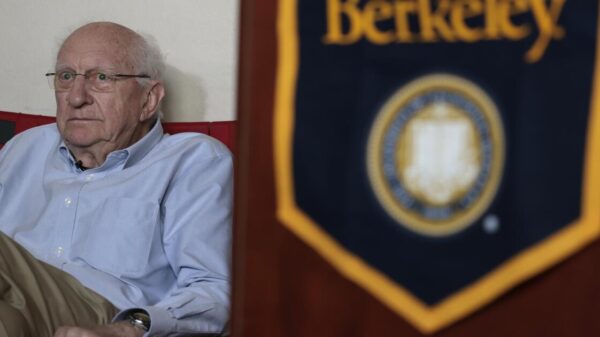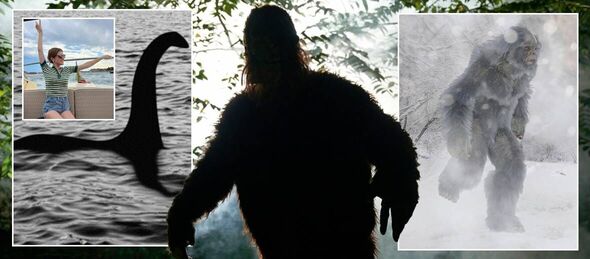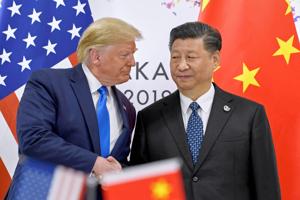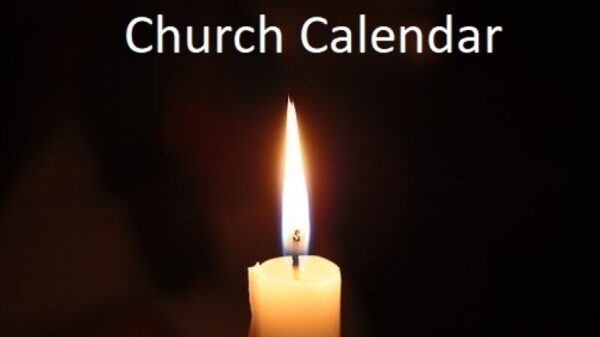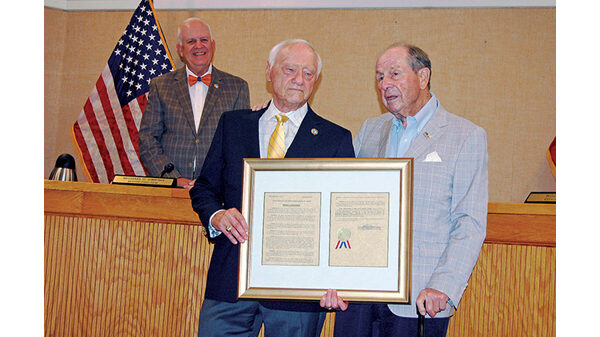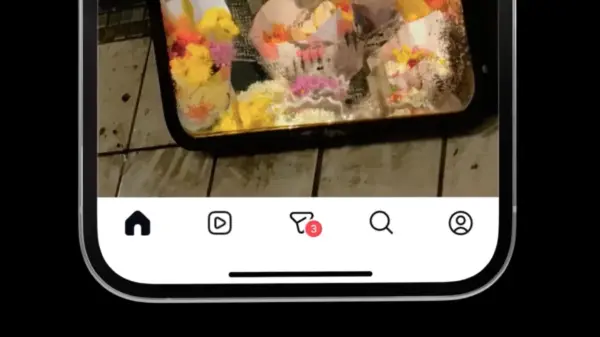A coalition of creature researchers from around the world has formed an unprecedented alliance aimed at resolving some of the most enduring mysteries surrounding legendary monsters. The newly established World Federation of Legendary Monsters, initiated by personnel at the Loch Ness Centre, brings together experts in Loch Ness, Sasquatch, and Yeti research for the first time. This collaborative effort seeks to exchange insights and theories in a balanced manner to shed light on these age-old enigmas.
Nagina Ishaq, representing the Loch Ness Centre, expressed enthusiasm about the initiative, stating, “For decades, Loch Ness has inspired scientists, storytellers, and sceptics alike. Now we are looking beyond the Highlands to build a global network of expertise as we look for new ways to uncover the biggest mysteries.” The federation aims to unite prominent voices in folklore and science to share their theories, challenge existing assumptions, and celebrate these legends in innovative ways.
Advanced Technology in Search of Mysteries
The Loch Ness Centre is leveraging cutting-edge technology to aid in its investigations. Among the tools being deployed are state-of-the-art underwater drones, specifically designed to search for the legendary serpentine creature often referred to as Nessie. This technological approach marks a significant step forward in the ongoing quest for evidence of such elusive entities.
In a related development, Hollywood actress Anna Kendrick recently claimed to have spotted the Loch Ness Monster during her visit to Scotland. While touring Ardross Castle in Inverness, the filming location for the reality show The Traitors, Kendrick stated that she locked eyes with Nessie, admitting her skepticism prior to the encounter. This assertion has reignited public interest in the Loch Ness legend, illustrating the intersection of popular culture and folklore.
Historical Claims and New Discoveries
Adding to the intrigue surrounding Loch Ness, a peculiar story has emerged involving the Royal Navy. Allegations suggest that the navy may have captured the aquatic entity during World War Two. This revelation came to light when a man discovered letters addressed to his late grandfather, Lewis Tyler, who served on the HMS Ocean Swell while laying anti-submarine nets. Tyler reportedly caught a sea serpent during one of his operations, a claim that remained buried until his grandson, John Gibbens, uncovered the letters.
The combination of this historical narrative and contemporary research efforts underscores a growing fascination with legendary creatures. The World Federation of Legendary Monsters aims to harness this interest to promote dialogue and exploration of these mysteries, bridging the gap between science and folklore.
As the federation embarks on this ambitious journey, it seeks not only to investigate claims but also to foster a spirit of collaboration among researchers worldwide. With a focus on sharing knowledge and challenging existing narratives, the alliance hopes to illuminate the mysteries that have captivated human imagination for generations.





